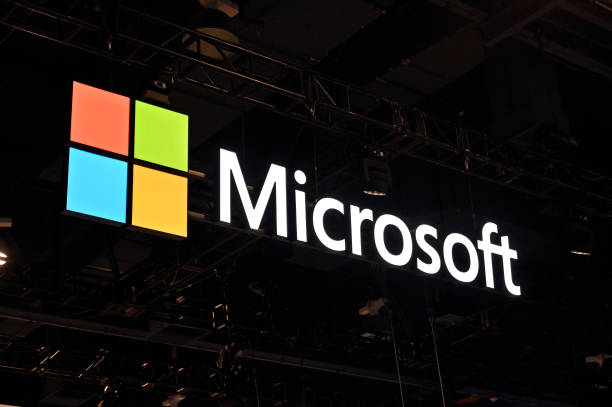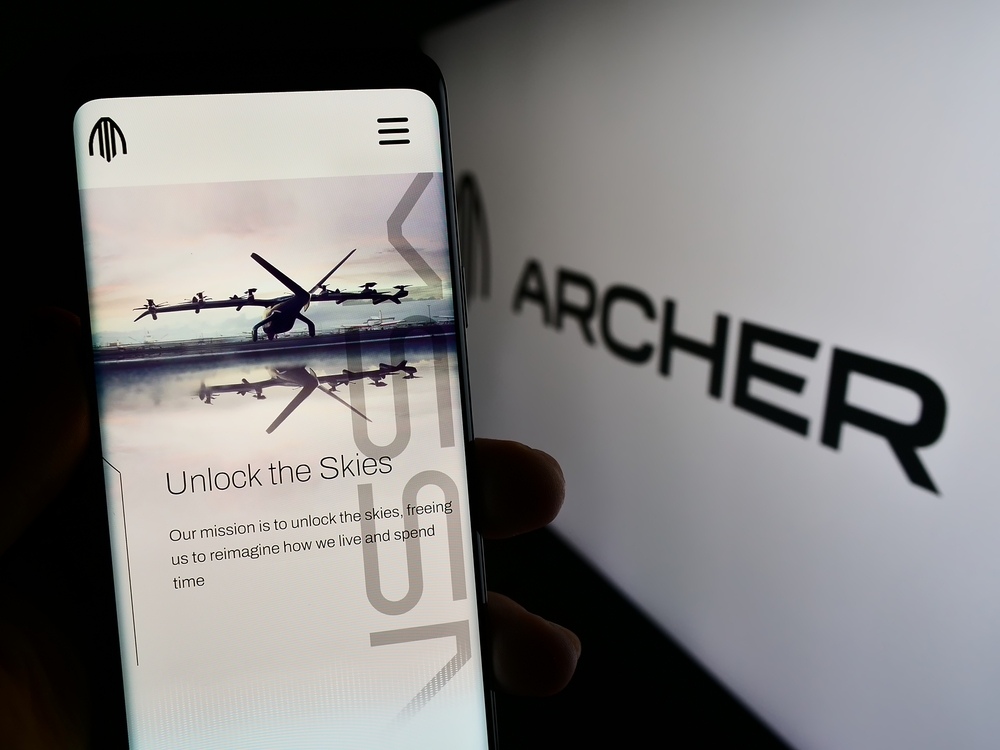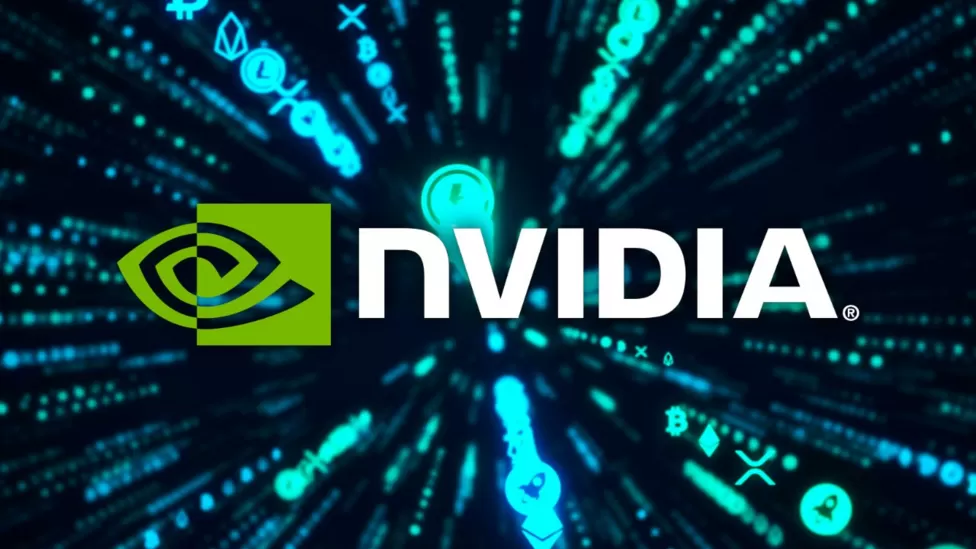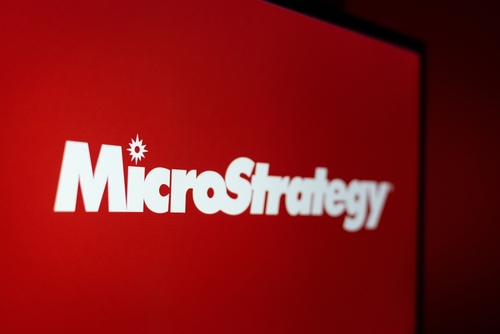OpenAI Breaks the Mold: Releases “Open-Weight” Models and Partners with Amazon to Break Microsoft’s Monopoly

TradingKey - Despite maintaining a leading position in the AI model race, OpenAI faces intensifying competition and growing concerns over its reliance on a single cloud partner — Microsoft. In response, the company is pursuing a new strategy: open-weight models and diversified cloud partnerships.
On Tuesday, August 5, OpenAI launched two new open-weight inference models — gpt-oss-120b and gpt-oss-20b — while Amazon became the first cloud provider outside Microsoft to integrate OpenAI’s models, marking a major shift in the AI ecosystem.
OpenAI’s New Open-Weight Models
The newly released models can:
- Generate text
- Assist with coding
- Perform web-based information retrieval
- Run complex reasoning tasks
However, they do not yet support image or video generation.
OpenAI said that:
- gpt-oss-120b matches the core reasoning performance of its paid o4-mini model
- gpt-oss-20b is comparable to o3-mini
- Both models can be deployed on local edge devices, delivering near-commercial-quality AI inference without relying on centralized cloud infrastructure
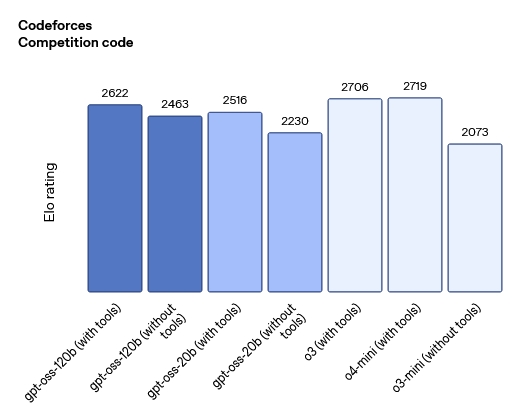
Source: OpenAI
A Rare Move — But Not Fully Open Source
This marks OpenAI’s first release of open-weight models since GPT-2 in 2019, a significant departure from its traditionally closed approach.
The move is widely seen as a response to growing pressure from competitors like Meta and China’s DeepSeek, which have gained traction with truly open-source AI models.
In January 2025, DeepSeek launched its R1 model, which was free, fully open-source, and cost-effective to train and run — yet performed on par with leading proprietary models from Silicon Valley. The release sent shockwaves through the tech and investment communities.
At the time, OpenAI CEO Sam Altman acknowledged the challenge, stating that he and his company may have been “on the wrong side of history” and needed to rethink their approach to openness.
However, analysts note that OpenAI’s new models are “open-weight,” not “open-source.”
- Open-weight means the model’s parameters (weights) are publicly available
- But training data, training code, and full architecture details are not released — key components required for true open-source status
This limits the ability of researchers and developers to:
- Fully reproduce the model
- Audit its training process
- Build upon it transparently
Expanding Beyond Microsoft: The Amazon Breakthrough
In a major strategic shift, Amazon Web Services (AWS) announced it will offer both new OpenAI models on its Bedrock and SageMaker platforms — the first time OpenAI has partnered with a cloud provider other than Microsoft.
Previously, Microsoft Azure was the exclusive cloud reseller of OpenAI’s models — a key advantage that helped Azure gain ground on AWS in AI-driven cloud growth, even as AWS maintains the largest overall cloud market share.
This partnership signals OpenAI’s effort to reduce dependency on Microsoft — a relationship that has shown signs of strain since early 2025.
Why the Split with Microsoft?
Several factors have contributed to the cooling of the OpenAI-Microsoft alliance:
- Disputes over profit-sharing as OpenAI transitions from a non-profit to a for-profit structure
- Concerns over supply chain concentration and lack of bargaining power
- OpenAI’s desire for greater technical and business flexibility
- Microsoft’s push to develop its own AI models, reducing reliance on OpenAI
Until earlier this year, Microsoft was OpenAI’s exclusive infrastructure provider for data centers. But in recent months, OpenAI has diversified its cloud partners, adding Oracle, CoreWeave, and Google Cloud to its supply chain.


